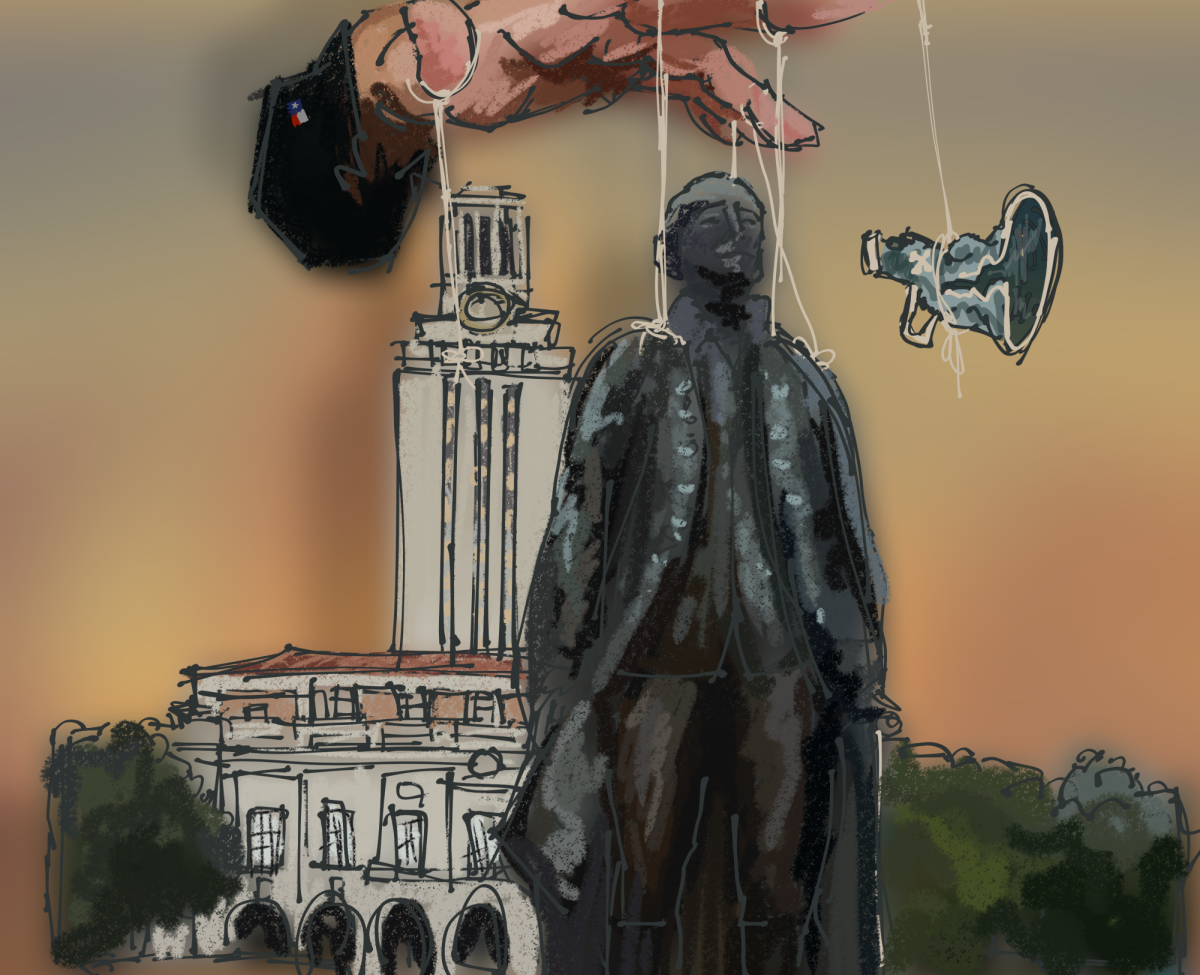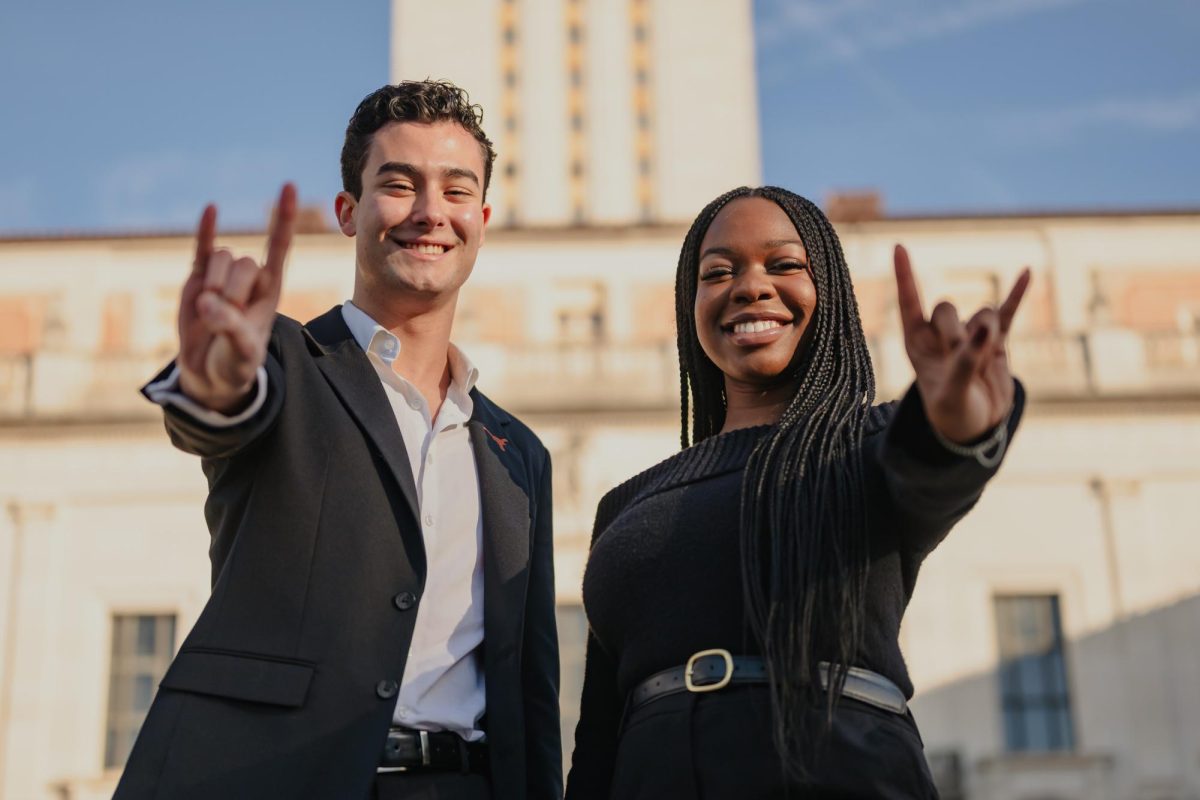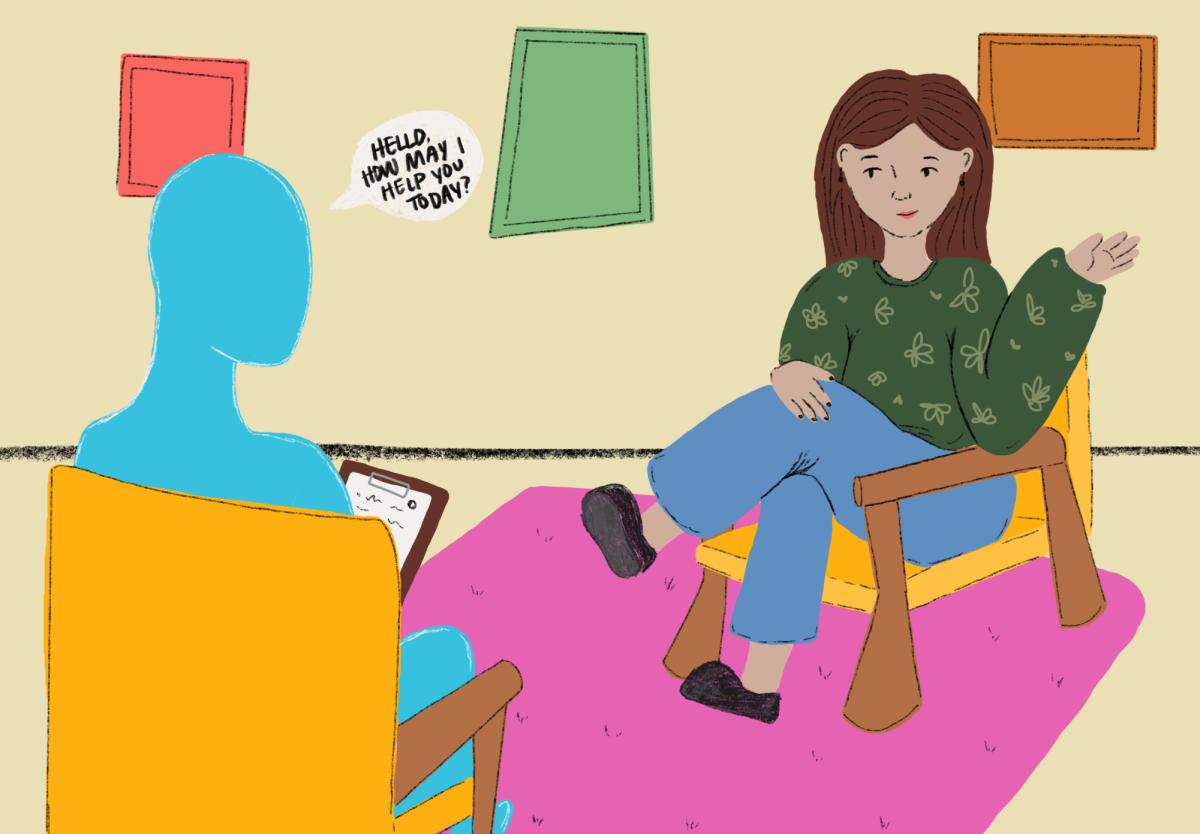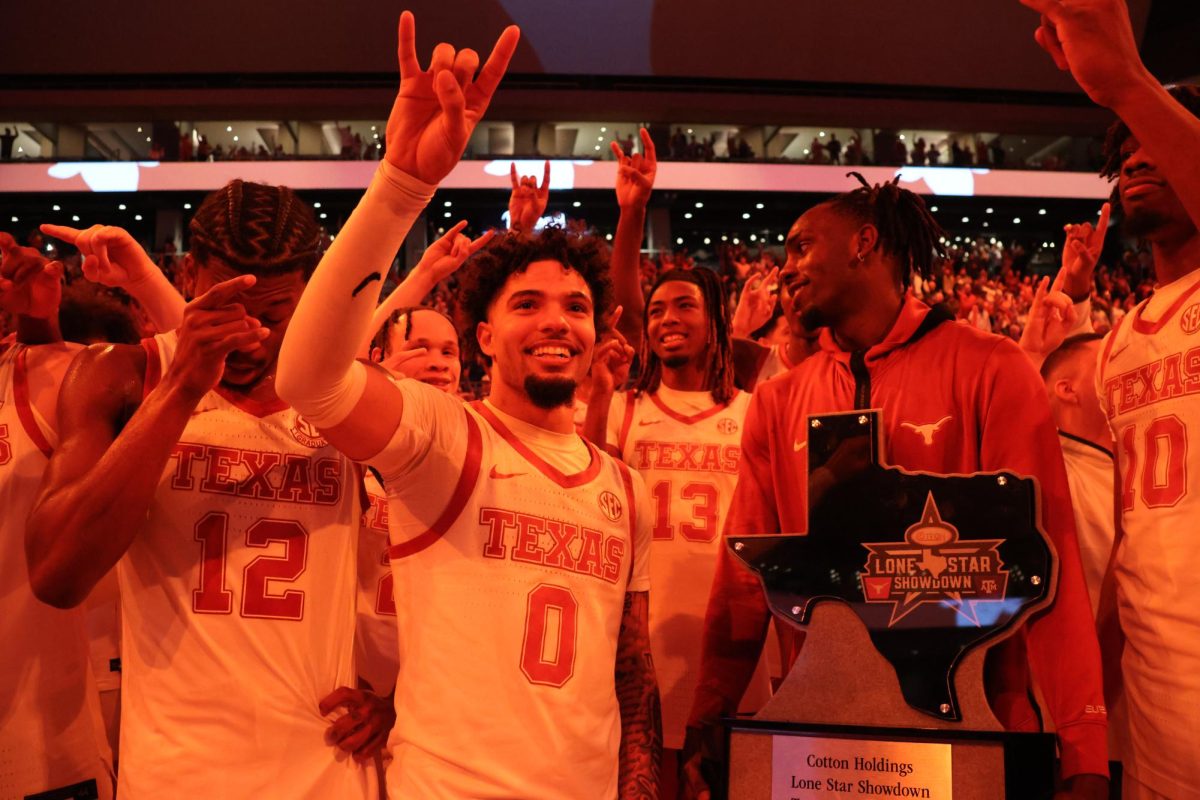To no one’s surprise, the newsrooms of America skew white and male.
According to the 2017 Newspaper Diversity Survey conducted by the American Society of News Editors, U.S. newsrooms on average skew 63 percent male and on average 25 points more white than the city they are situated. This is an improvement.
A trend that seems to be fairly consistent across the board however, is the fact that U.S. newsrooms that tend to hire more women and minorities on staff are, in fact, those in which the leadership has more women and is racially diverse. For good reason: Editors have power over the content produced. They set the tone of a work environment and make active decisions on the final stories that are written.
Diversity simply drives better content. It matters what communities and issues those on staff are tapped into — this drives coverage of events and the narratives pushed forward by a paper. It matters who is approving the stories that are written, because it affects the story pitches that come to the table in the first place. It matters who is making the staff hiring decisions and who is double-checking the intent and effect of published language.
Our University’s own paper is a microcosm of broader trends in newsrooms. The Daily Texan is a platform for student voices, that amplifies problems and concerns of student body to those in Student Government, college councils and the University’s administration. But The Daily Texan’s platforms is broken if it is not representative. More often than not, it has not been.
For improving diversity on the staff of The Daily Texan, the minimum is assertive recruitment. Improving diversity also requires reaching out and building trust with the communities across campus — relationships that have been strained both because of the lingering aftertaste of published racist content, as well as continuing perceptions of the homogeneity of our staff. Diversity requires collaboration with outside groups. And maintaining diversity within the paper requires ensuring the spaces within the newspaper are welcoming and inclusive work environments for everyone.
And of course, diversity refers to more than a student’s race and gender, although this is important. Diversity refers to a student’s socioeconomic status. Diversity refers to their political affiliation, to their citizenship, to their physical and neurodiversity. Diversity refers to a student’s experiences in their totality.
This university has so many stories to tell. We have to actively work if we want to hear all of them.
Nemawarkar is a Plan II and government junior from Austin.





















